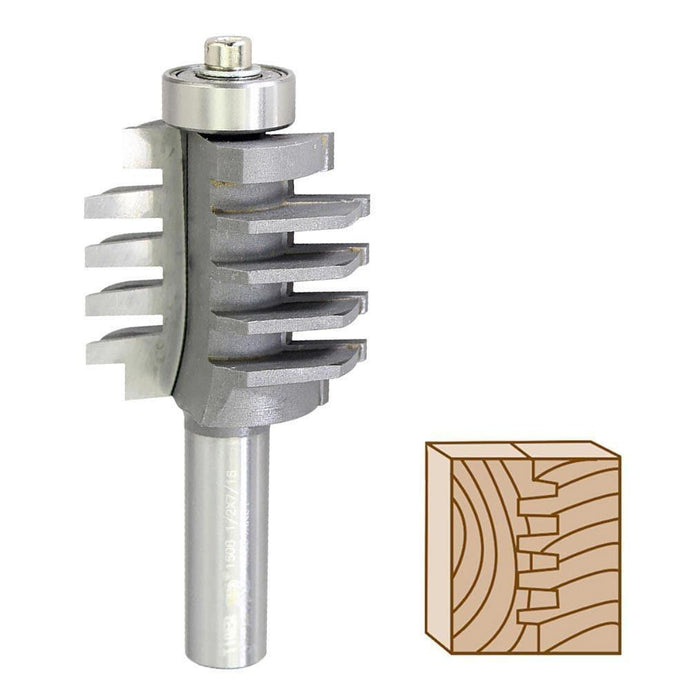

When we ponder the marvels of human anatomy, it's easy to overlook the intricate details of our everyday movements. Among these, our finger joints often remain underappreciated despite their essential roles in our daily lives. The purpose of finger joints extends far beyond the simple act of grasping objects; they play a crucial role in our dexterity, communication, and even our emotional expression.
Finger joints, consisting of the knuckles and the phalangeal connections, are pivotal to our ability to manipulate objects with precision. Our hands, equipped with 14 joints in total - three in each finger and two in the thumb - allow us to perform a wide range of tasks with remarkable finesse. This intricate system of joints not only enables us to grip and hold various items but also facilitates delicate actions such as typing, playing musical instruments, and crafting intricate artworks.
One of the primary functions of the finger joints is to provide the flexibility required for fine motor skills. Each joint in our fingers acts like a hinge, allowing the fingers to bend and straighten with varying degrees of flexibility. This flexibility is essential for tasks that demand precision, such as threading a needle or fastening a button. The ability to execute such precise movements is underpinned by the complex interplay of tendons, muscles, and joints, which together allow our fingers to perform delicate tasks with accuracy.
In addition to their practical utility, finger joints also play a significant role in non-verbal communication. The gestures and movements of our fingers and hands are integral to how we convey emotions and ideas. For instance, a thumbs-up signifies approval, while a wave can denote greeting or farewell. The subtlety of these gestures relies on the dexterity and control afforded by our finger joints. The ability to articulate complex gestures enhances our capacity to communicate effectively without relying solely on verbal language.
Moreover, the functionality of our finger joints extends to our emotional expressions. The way we use our hands can reflect our feelings and state of mind. For example, clasping our hands together might signal nervousness or contemplation, while fidgeting can indicate restlessness. The versatility of our finger movements allows us to express a broad range of emotions through gestures, making our interactions with others more nuanced and expressive.
The importance of finger joints also becomes evident when we consider the challenges faced by individuals with joint impairments. Conditions such as arthritis can severely affect the flexibility and functionality of finger joints, impacting an individual's ability to perform daily tasks and express themselves through gestures. Understanding the role of finger joints highlights the significance of maintaining joint health and the need for medical interventions to manage and mitigate the effects of such conditions.
Finger joints are not only functional but also contribute to our sensory experience. The fingertips, rich in nerve endings, provide us with the sense of touch, which is crucial for interacting with our environment. The sensitivity of our fingertips allows us to discern textures, temperatures, and shapes, enhancing our ability to navigate and manipulate objects. This sensory feedback is directly tied to the health and functionality of the finger joints, underscoring their importance in our daily lives.
In essence, the purpose of the finger joints extends far beyond their mechanical functions. They are integral to our ability to perform precise movements, communicate non-verbally, and express our emotions. The complexity of this seemingly simple aspect of human anatomy reveals the remarkable design of the human body, where even the smallest components play a vital role in our overall functionality and experience.
By appreciating the multifaceted roles of our finger joints, we gain a deeper understanding of how interconnected our bodily systems are and the sophisticated nature of our physical capabilities. This recognition fosters a greater appreciation for the intricate mechanisms that enable us to perform everyday tasks and engage in meaningful interactions, highlighting the elegance and efficiency of human anatomy.
